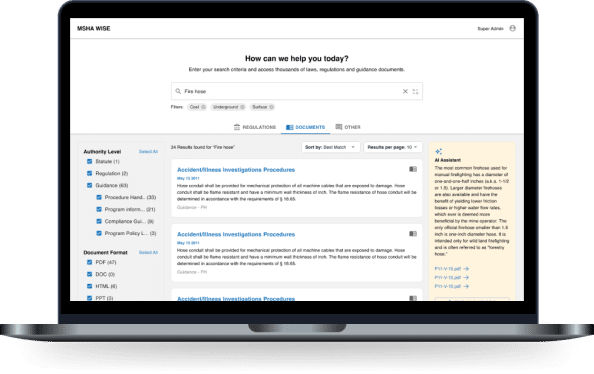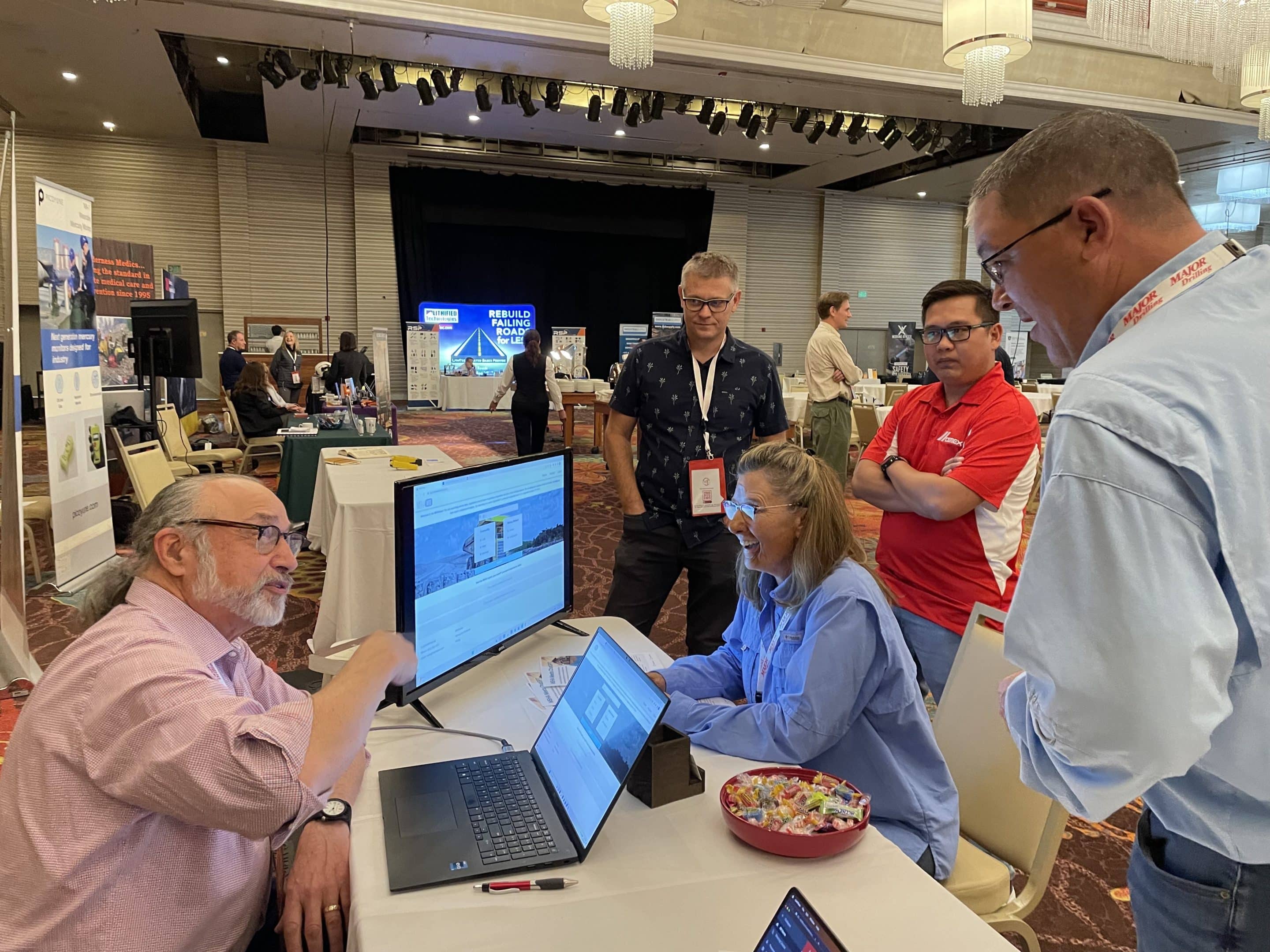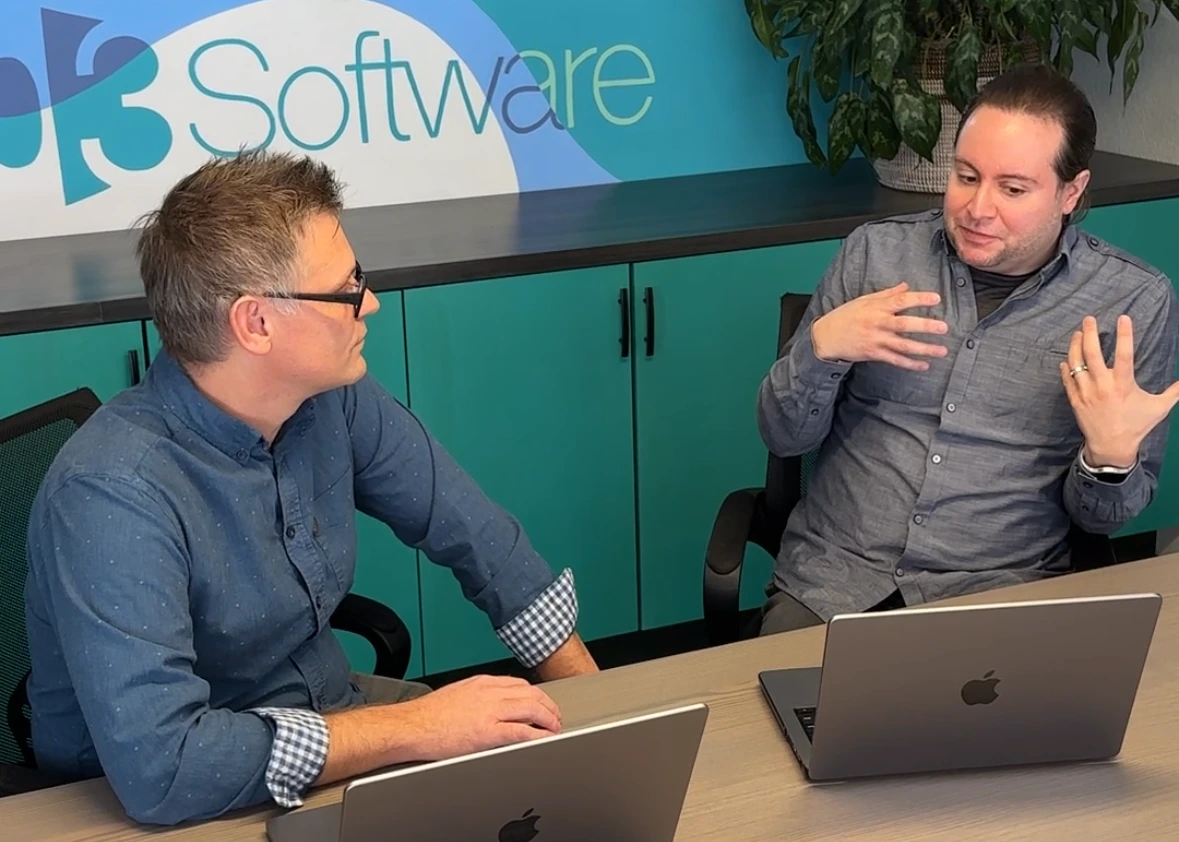Vertical AI in Regulated Industries: A Case Study on MSHAWise




How 303 Software Solved Compliance Challenges with a Custom AI-Powered Knowledge Tool
In late 2022, the generative AI arms race hit a new gear when OpenAI released ChatGPT to the public. Suddenly, companies across industries were asking the same question: “How can AI help with my work?”
At 303 Software, we explored this question with a sharp focus on regulated industries, where data accuracy, compliance, and domain expertise are non-negotiable. What started as a technical experiment quickly evolved into a full-fledged product — MSHAWise, a vertical AI compliance solution designed specifically for safety managers and legal teams in mining and heavy industries.
The Early AI Scramble
As ChatGPT and other LLMs exploded in popularity, organizations across sectors scrambled to test productivity use cases — from drafting sales copy to writing code. But in regulated fields like mining, healthcare, and legal, accuracy is everything. A hallucinated answer isn’t just unhelpful — it can lead to regulatory fines, legal risk, or lost lives.
By early 2023, we were already building and testing custom solutions to address these gaps — aiming to solve three key problems:
3 Key Challenges We Had to Solve
- General-purpose AI lacked compliance-specific knowledge.
ChatGPT could explain what compliance is, but not how it applies to MSHA regulations or specific safety scenarios. - Access to source documents was essential.
We needed our AI solution to surface real regulations, case law, and historical documents — not just summarize or guess. - AI hallucination was a deal-breaker.
Vertical industries require factual precision. There’s no room for “close enough” when dealing with regulatory standards.
Our Approach: Building a Vertical AI for MSHA Compliance

We developed MSHAWise, a compliance-focused AI tool built on two core innovations:
1. Fine-Tuned AI Copilots
We built two custom AI copilots:
- MSHA Copilot — tuned to answer technical safety and compliance questions
- MSHA Case Law Copilot — focused on mining-specific precedent and historical data
These models use embedding-based search with vector databases like Milvus, allowing users to ask natural-language questions and receive evidence-backed answers sourced from real MSHA documentation.
“We made the decision to train the AI across two different bodies of knowledge for the same regulatory space because our users needed two distinct points of view — one in the context of regulations and the other in the context of case law.”
— Tom Montgomery, Co-Founder, MSHAWise
2. Enterprise Search Meets AI
Users don’t want vague summaries — they want citations. We integrated an enterprise-grade search experience that:
- Surfaces exact source references
- Uses curated, verified document sets
- Prioritizes reliable, non-public data to eliminate hallucinations
At a live demo during the 2023 Western MSHA Conference, attendees were visibly surprised when a user asked:
“What’s the best practice for mercury vapor exposure?”
The AI returned a precise, cited answer — with links to the exact documents. One attendee said:
“This would’ve saved us hours of research.”
Why Vertical AI Wins in Regulated Industries

Building in highly regulated environments requires more than just AI — it requires trust, explainability, and precision. General-purpose LLMs are impressive, but in domains like compliance and safety, vertical AI solutions win because they:
- Are trained on domain-specific datasets
- Leverage curated taxonomies and controlled vocabularies
- Support fact-based retrieval using vector search
- Deliver results with citations — not speculation
Learn More: Explore MSHAWise
MSHAWise is now helping compliance teams, legal advisors, and safety managers streamline research, reduce regulatory risk, and save time across the mining industry.
If you're exploring how AI can be safely and effectively used in regulated industries, let’s talk.
👉 Contact 303 Software to explore how we can build a vertical AI solution tailored to your industry.
Related posts
Ready to Transform Your Business?
Contact us today to discuss how we can help with your next project or service.




